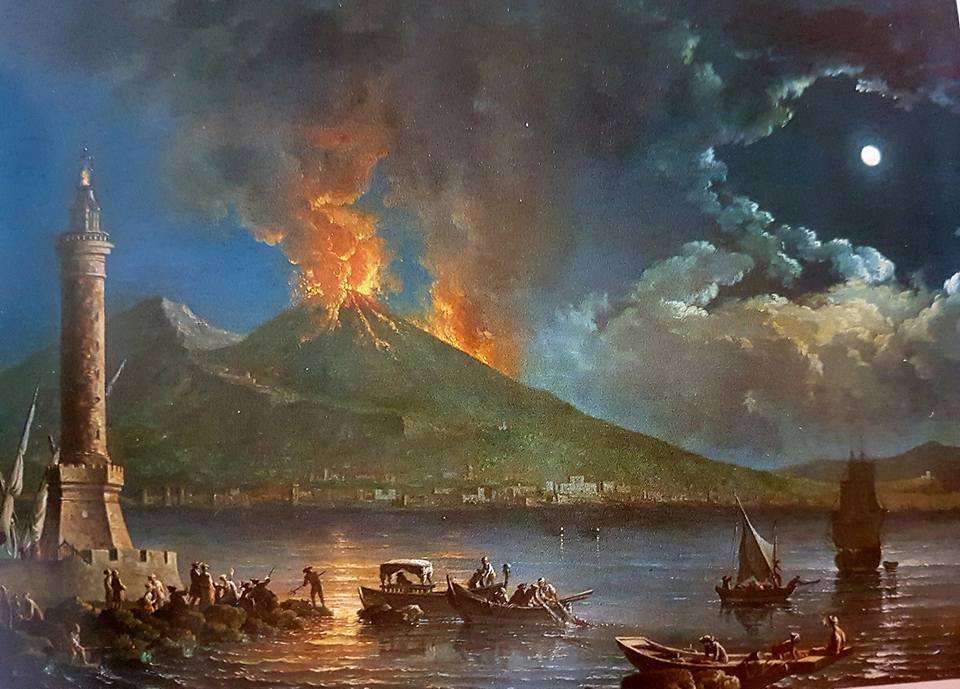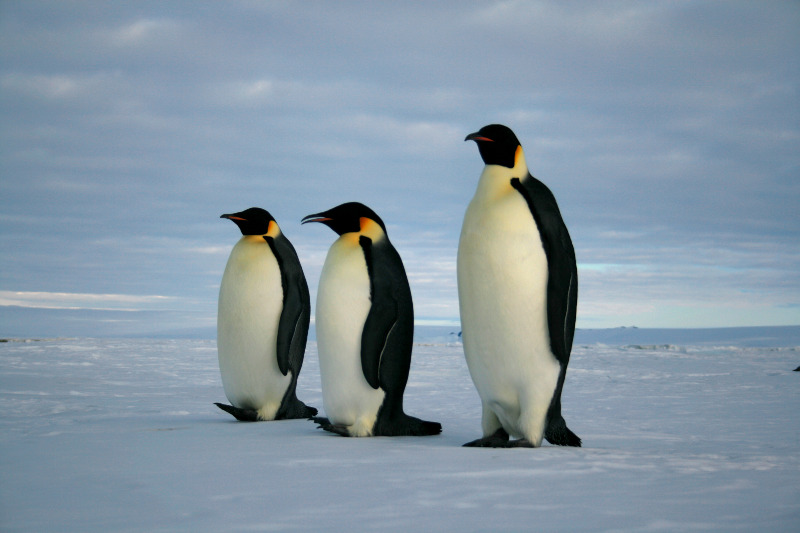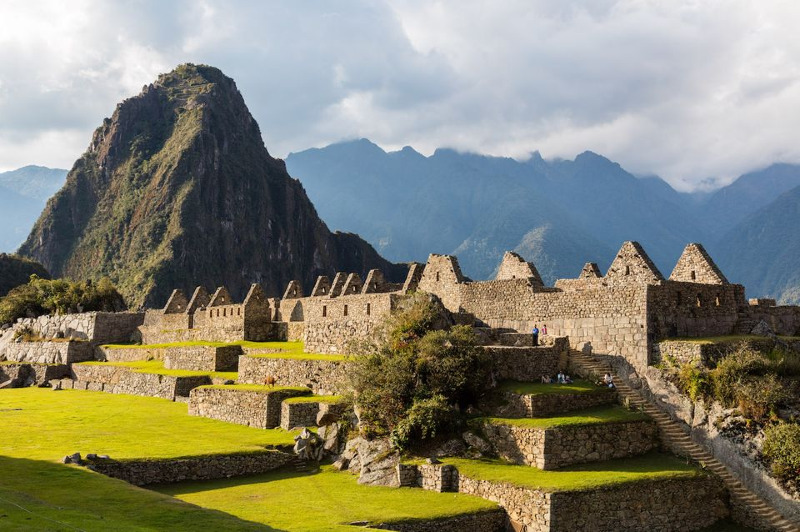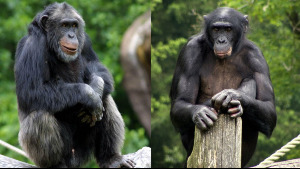|
|

by Ruben Becerril, age 8
Did you know there are about 1900 active volcanoes on Earth and most of them are on the Ring of Fire? The Ring of Fire surrounds the Pacific Ocean and it is a 40,000 kilometer horseshoe shape.
The word volcano originated from the name of the Roman god of fire, Vulcan. Volcanoes are formed from the collision of tectonic plates on Earth’s surface. Many volcanoes can be active, dormant or extinct. They can be found on land and even in the ocean or under ice caps.
Magma is hot liquid rock inside a volcano and lava is the name given to hot liquid rock that flows out during eruptions. The biggest active volcano on Earth is Mauna Loa in Hawaii. The biggest volcano in our solar system is on Mars. It is known as Olympus Mons.
[read more]

by Maya Maclin, age 9
Emperor Penguins live in Antarctica. Penguins are birds and have wings, but they swim with their wings instead of fly.
Emperor Penguin’s main colors are black and white but they also have a bit of orange on their necks. They swim in cold water, that’s why they have a thick coat of feathers. They spend most of their time with other penguins. Their average lifespan is 15 to 20 years. Penguins usually weigh around 88 pounds and can grow to 45 inches. Penguins breed during the winter. The mother lays one egg in December.
Penguins are carnivores so the mother penguin goes to catch fish for two months. The father penguin stands on his feet and he uses his brood pouch to warm the penguin eggs. When the mother penguin comes back, she eats the food and gives it to her babies by bringing it up from her stomach. Then she takes care of her children while the father leaves to get fish.
[read more]

by Dani Garduno, age 9
Have you ever heard of the city of Machu Picchu in Peru? Or do you know why it's called “The Lost City?” The reason is because the Spanish never found it during the 1500’s when they conquered the Inca.
According to archaeologists, Machu Picchu was first built around 1450 C.E. At 8,000 feet above sea level, it is located in Southern Peru in the Andes mountain range. When it was first discovered, 1,000 people lived there. It is believed that these inhabitants were nobles, priests and their servants.
The city of Machu Picchu was rediscovered in July, 1911 by an explorer named Hiram Bingham. A young boy named Pablito Alvarez led the explorer to the city. Afterwards, Bingham wrote a book about his adventures called “The Lost City Of The Incas.”
[read more]

by Nadia Jordan Dominguez, age 10
There are different kinds of apes, including the bonobo and the chimpanzee. Both are considered great apes, a group that includes gorillas—and humans.
The bonobo (on the left in the picture) is almost three feet tall. In comparison, the chimpanzee (on the right) is four inches taller on average. Their feet are about the same length and both mammals have no tail.
The chimpanzee eats fruit, seeds, leaves, eggs and they frequently prey on baboons. The bonobo primarily eats fruit, leaves, seeds, and small creatures like worms.
[read more]
There are different kinds of apes, including the bonobo and the chimpanzee. Both are considered great apes, a group that includes gorillas—and humans.
[read more...]
Did you know there are about 1900 active volcanoes on Earth and most of them are on the Ring of Fire? The Ring of Fire surrounds the Pacific Ocean and it is a 40,000 kilometer horseshoe shape.
[read more...]
Emperor Penguins live in Antarctica. Penguins are birds and have wings, but they swim with their wings instead of fly.
[read more...]
Have you ever heard of the city of Machu Picchu in Peru? Or do you know why it's called “The Lost City?” The reason is because the Spanish never found it during the 1500’s when they conquered the Inca.
[read more...]
Frida Kahlo was a Mexican artist whose art was influenced by her depression and her health issues.
[read more...]
A red panda looks like a bear and a raccoon mixed together. They can be found in Nepal, Bhutan, Southern Tibet, Northern Burma, Yunnan, and the Sichuan provinces of china. You may also find some in India.
[read more...]
Did you know the Dodo bird was once the biggest bird in the world? Sadly, they’re now extinct because people hunted them down. Before humans found them in 1590, Dodo birds lived a good life on the island of Mauritius.
[read more...]
The oceans are vast bodies of water holding many secrets. Submarines cannot handle all of the pressure in the oceans, so while we know some facts about them, there remains much to learn.
[read more...]
Amelia Earhart was an aviator who accomplished many things and went against traditional gender stereotypes. Earhart was the first woman to fly across the Atlantic ocean. Before she disappeared, she was best known for her cross-ocean trip.
[read more...]
When one thinks about Egypt, gold-hued visions of pyramids, mummies, and ancient structures might come to mind. But what people do these treasures honor and why?
[read more...]
What are tsunamis? In Japanese,
tsunami
means “great harbor waves” Tsunamis happen when the earth’s crust moves and the tectonic plates rub together. This causes the ocean to send shock waves near cities and land. They are powerful, destructive, and can reach up to 100 feet high.
[read more...]
Home to millions of species, the rainforest has many levels. The highest level is called the canopy.
[read more...]
Eastern Asia is a large part of the world that includes China, Japan, Mongolia, North and South Korea, and Taiwan. Much of these areas are covered by harsh terrain, including distant mountains, massive deserts, and parched grasslands. Eastern Asia also has many valleys, plains, and fast flowing rivers.
[read more...]
The Arctic Ocean is home to a diverse collection of animals including belugas, walruses, narwhals, and jellyfish.
[read more...]
The largest of the world’s seven continents also has the darkest, coldest winters known to Earth. But, during its short summers, Antarctica is light both day and night.
[read more...]
One might not think that penguins can live in warm places. However, a variety of penguin species actually live in South America, Australia, New Zealand, and even South Africa.
[read more...]
The Matterhorn, a mountain formed by glaciers, is one of the most magnificent mountains in the Swiss Alps. A dangerous yet frequently climbed mountain, the Matterhorn spans Switzerland and Italy. Many people have tried and failed to reach its peak.
[read more...]
A large landmass unbroken by sea is called a continent. More than 300 million years ago there was only one continent, known as Pangaea. Since that time, Pangaea has slowly split, creating the seven continents we know today: North America, South America, Asia, Africa, Antarctica, Europe, and Australia. This slow movement of the continents is called the continental drift.
[read more...]
The Aztecs were one of the greatest civilizations in Mexico during the 1400’s.
[read more...]
Jane Goodall did a lot in her life. She was a primatologist, humanitarian, ethologist, anthropologist, animal rights campaigner and did a huge study on chimpanzees in Tanzania.
[read more...]
Africa is the second largest continent in the world. There are over 831 million people who live in Africa. Most people are Muslim, Christian or practice other local religions. More than ten percent of the world’s population lives in Africa.
[read more...]
Did you know the name Antarctica comes from the Greek language, and means “opposite to the north"? Antarctica is the fifth largest continent, and is covered in ice bergs and ice. There are many amazing features of Antarctica.
[read more...]
Pyramids have been around for thousands of years and they still exist today. Their long history is what makes pyramids so cool.
[read more...]
The Underground Railroad was not really a railroad and it was not underground. The Underground Railroad was a secret path to help slaves get away from their owners. Along the way there were houses that would help protect and hide runaway slaves.
[read more...]
Do you know where soccer came from? It originated in China.
[read more...]
Many people wonder why every state has a national park except Delaware. Luckily for them, there’s a proposal being discussed concerning a national park to be added in Delaware.
[read more...]
Oil causes a lot of damage when it reaches the coastline, especially in an area as fragile as the Gulf Coast. The Gulf Coast is lined with natural areas such as marshes, swamps, forests and islands that are home to rare species of birds, fish, and other wildlife. Area wetlands also provide coastal areas with protection from hurricanes.
[read more...]
Do you know how the recent oil spill in the Gulf of Mexico started?
[read more...]
|
|

